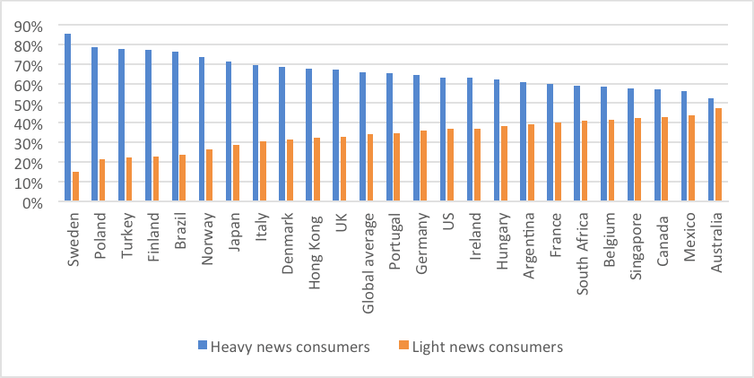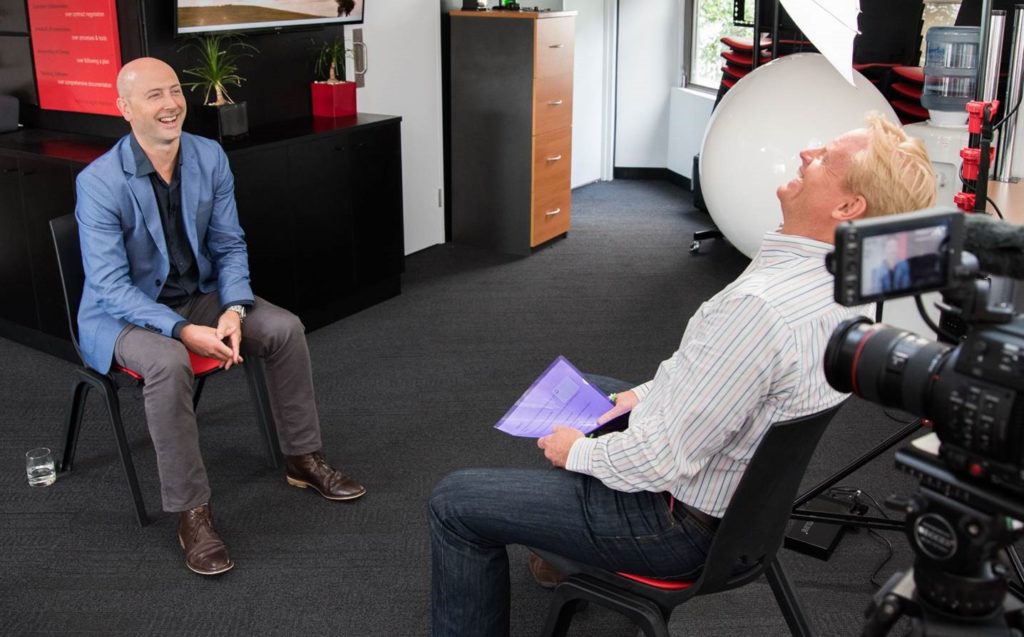Connecting Through Video – How To Engage Customers
Last month I talked about how easy it is to work from home, but to work from home effectively is hard. Likewise, making a video can be easy, but *really connecting* with your audience via video is hard. This is especially true for business videos. There is so much content that it is easy for people to glaze over your video and click away!
At SSW we put a lot of effort into working out the best way to make business and technical videos. It’s been a super enjoyable journey and I’ve been learning and growing SSW TV for 11 years.
So how do you *really connect* with your viewers?
Tips:
#1. Quality: since the whole world is making videos now, not just the professionals, the only way to counter this massive increase in quantity, is to make *quality*. Today there is a tremendous range, from very poor, up to excellent quality. It is incredible to see some awesome quality unboxing videos, verses some shockingly poor business videos which can do a disservice to a company.
#2. Keep it light & consumable: many of us are reading news via social media, than from traditional sources. This means that unless you make a video that your friends are likely to share, no one will see it. BTW Australia is particularly susceptible to this problem, as we are one of the ‘leading’ countries in the world who consume their news mostly via social media.

Source: Digital News Report: Australia 2019
#3. Size matters: we are seeing the growth of multiple versions of each video – the 1 min version + the 10 min version for different contexts. You can use the 1 minute version for Twitter, and the 10 minute version for Facebook. See the example below of how an SSW TV NDC presentation that is 10 minutes long, can be trimmed to a 1 minute version that is more Twitter friendly.
#4. The script: it’s the same as building software, if you don’t plan, you plan to fail. Good storytelling comes from a good script. Once you have a good script, you can then focus on giving an excellent delivery.
#5. The editing: again it’s the same as software, if it’s a busy UI, it feels unfriendly. If it’s a complicated video, it is non engaging. Editors can help with this by following Richard Mayer’s “Multimedia principles,” and tighten up the video to make it more effective. E.g. People learn better when extraneous words, pictures and sounds are excluded rather than included. https://mylove4learning.com/richard-mayer-on-multimedia-learning/
#6. The cinematography: the importance of good lighting, framing, composition and sound cannot be overstated. The camera and the crew should disappear so that the only thing the viewers are focused on is the content.
#7. The Intro: getting the first 7 seconds right is critical, and the person who says it best is Geoff Anderson…
If you want to capture the attention of your audience with your video, you need to do it in the first fifteen seconds or less. People will visit a website for up to 7 seconds before deciding if they’ll hang around to find out more. Video can hold them for a bit longer – but not much longer. There’s a click happy finger out there looking for a reason to find a new video to watch. All of your video needs to be engaging but the first few seconds are critical. It needs to set the tone, show the style and cut to the chase.
Chapter 1, Geoff Anderson “Shoot me now: making videos to boost business” http://geoffanderson.com.au/shoot-me-now/
To see the above tips in action:
Our SSW TV team make awesome videos so get in touch if you’d like some help. We have guys on the ground in Sydney, Melbourne and Brisbane: https://www.ssw.com.au/ssw/Consulting/Video-Production
Ulysses Maclaren
Bonus – Interviewing Experts

#8. Warm up your subject: one type of video we really like to do at SSW is interviews, in person or remote. Even before lock-down we were recording people from all over that world. The lessons learnt there have been valuable, and apply to the current situation we all find ourselves in.
Just like real life we analyse and understand people’s feelings and emotions through their body language. The aim of a good interviewer should be to make the interviewee feel as comfortable as possible; any signs of discomfort are visible through facial expressions and a person’s engagement (or lack of engagement).
To make someone comfortable, have a light-hearted conversation with the interviewee and really connect with them. To do this, do not state the start point of an interview. Discuss normal conversational topics with the interviewee, and naturally start asking questions that relate to the interview. The aim is for the interviewee to not notice that the interview has even started. You’ll be amazed at how much of a difference this makes!
#9. Introduce the interviewee yourself: it’s more thoughtful to introduce someone yourself, and not to rely on the interviewee to explain who they are. You should know your subject, and give them a nice warm welcome. It’s not natural for someone to sprout their own biography (outside of a presentation), see Joe Rogan’s introduction for his guests.
Bad Example:
Interviewer: “Hello and welcome to the show, I have here Jason. Jason, please tell me about yourself.”
Good Example:
Interviewer: “Hello and welcome to the show, today we have Jason Taylor. Jason is one of the people who basically wrote the book on Clean Architecture and is currently doing many rounds of presenting all over the world, most recently at NDC. He is soon to release a new book which I have here, and it is awesome. Hello Jason welcome to the show.”
Summary
I hope these tips help you make better videos, and if you would like to know more you can read SSW’s Rules to Better Videos: https://rules.ssw.com.au/rules-to-better-video-recording
